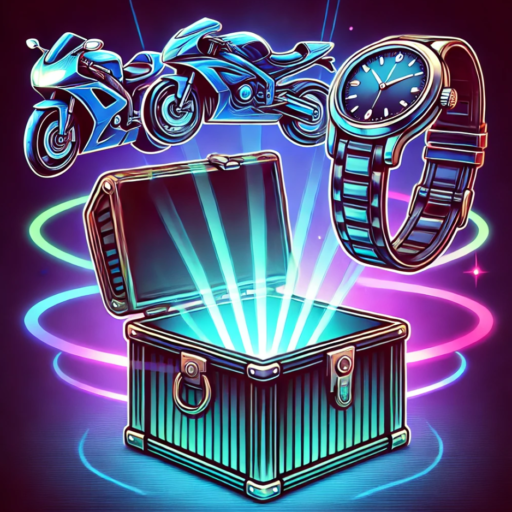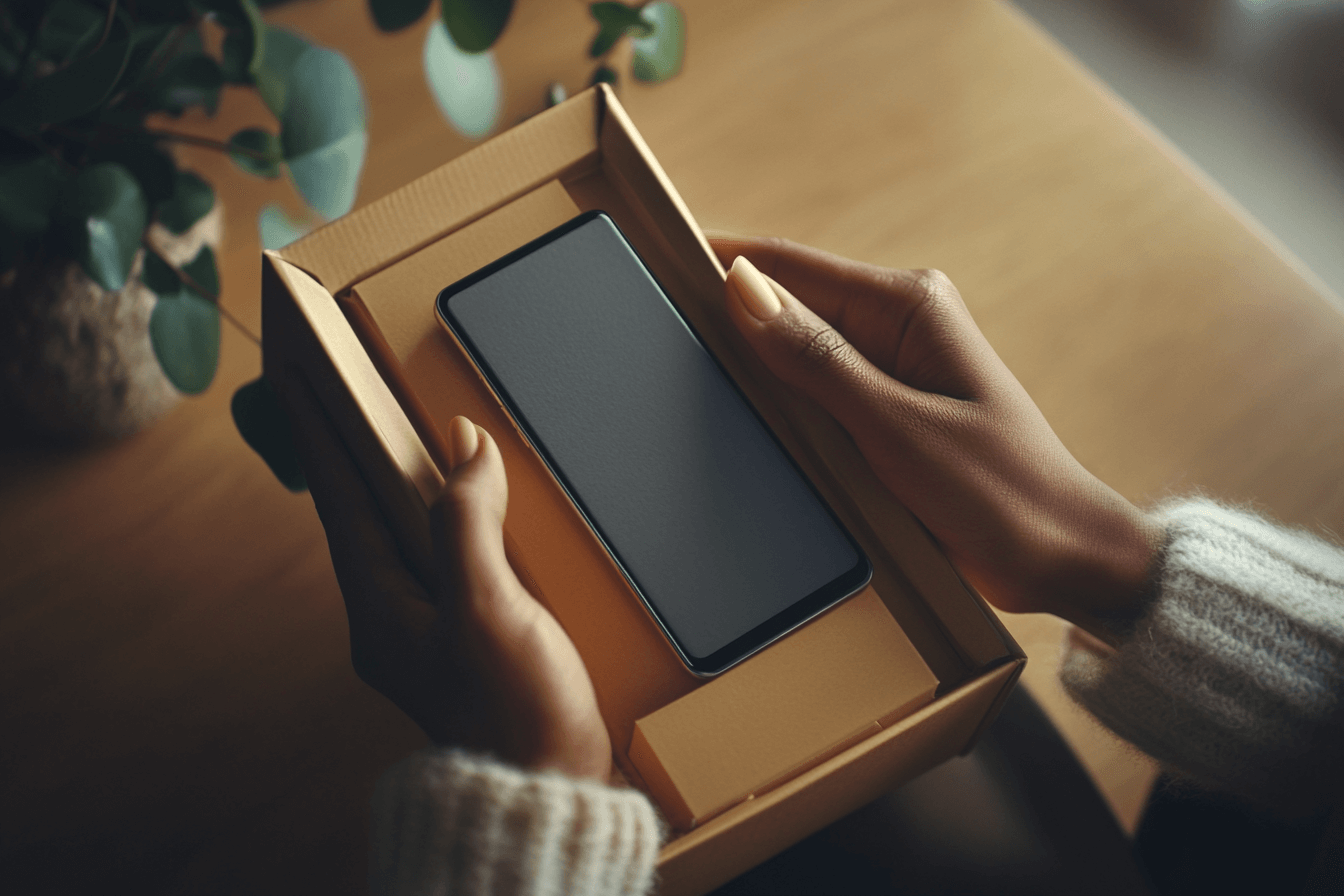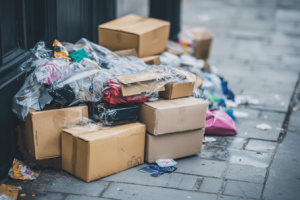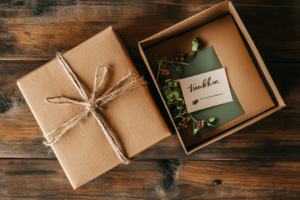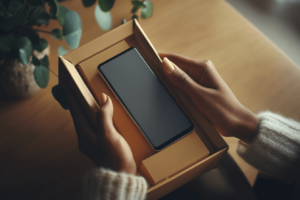The rise of counterfeits in the age of online shopping
With the explosion of e-commerce and social media, shopping has become more convenient but also more risky. As more people turn to online platforms for everything from sneakers to tech gadgets, counterfeiters have found fertile ground to distribute fake products to unsuspecting buyers.
Why counterfeits are so prevalent today
Global marketplaces like Amazon, eBay, and AliExpress make it easy for anyone to become a seller. While this openness is great for competition, it also means fake products can slip through the cracks. Counterfeiters use deceptive listings, fake reviews, and even sponsored ads to reach buyers. Because the margins on fakes are high, and enforcement is inconsistent, the incentive to cheat remains strong.
Popular products commonly faked
Luxury handbags, designer sneakers, smartphones, cosmetics, and electronics are some of the most frequently counterfeited items. These products have strong brand recognition and high price tags, making them attractive targets. Even less obvious items like vitamins, headphones, and phone chargers can be counterfeit, often with poor quality or dangerous materials.
The impact on consumers and brands
For consumers, buying a counterfeit can mean wasting money, putting health at risk, or missing out on a product’s true performance. For brands, counterfeits dilute reputation, erode trust, and cause financial losses. As a result, both buyers and companies have strong reasons to improve detection and prevention especially during unboxings, when the truth about a product is revealed.
First impressions: red flags right out of the box
Even before handling the product itself, many fakes give themselves away during the unboxing process. The packaging, presentation, and labeling often hold the first clues.
Packaging quality and presentation
Authentic products usually come in clean, precise packaging that reflects the brand’s identity. If the box looks cheap, is overly flimsy, or has dents and misshapen folds, that’s a warning sign. High-end brands invest in packaging as part of the customer experience wrapping paper, foam inserts, and printed instructions are all designed to feel premium. A sloppy presentation, excessive tape, or unbranded boxes can suggest a fake.
Inconsistent branding or logo errors
Counterfeiters often get the branding wrong, especially in small details. Look closely at the logo its size, color, spacing, and font. Is the logo slightly off-center? Is the font inconsistent with what you’ve seen on the brand’s official website? Misspellings like “Addidas” instead of “Adidas” still occur surprisingly often. Trusted brands rarely make such mistakes.
Suspicious seals and labels
Authentic products typically include manufacturer seals, security stickers, or tamper-proof tape. Fakes might have imitation labels, or skip them entirely. Some may add seals in the wrong places, or use low-quality holograms that peel easily. It’s worth comparing your packaging to official unboxing videos or product photos online.
Key details that expose a fake
Once the product is out of the box, handling and inspecting it can help confirm your suspicions. Subtle differences in materials, weight, and design often separate the real from the fake.
Material and build quality
Counterfeits often use cheaper materials to cut costs. This might mean synthetic leather instead of real leather, or brittle plastic instead of durable metal. Feel the texture if it feels too light, too rough, or overly glossy, it could be a fake. Buttons, zippers, stitching, and seams are also worth inspecting. Uneven stitching or loose threads are common signs of a knockoff.
Product weight and dimensions
Many real products have a solid, balanced weight that’s hard to fake. A fake phone or pair of earbuds might feel suspiciously light or bulky. Brands typically provide exact dimensions and specs on their websites. Measuring your item and comparing it can expose differences that aren’t obvious at first glance.
Misspellings and poor printing
Typos, poor grammar, and low-resolution printing are huge red flags. Labels, user manuals, warranty cards, and serial number stickers should be clear and correctly formatted. If you notice a product description or instructions with awkward English or blurry ink, proceed with caution.
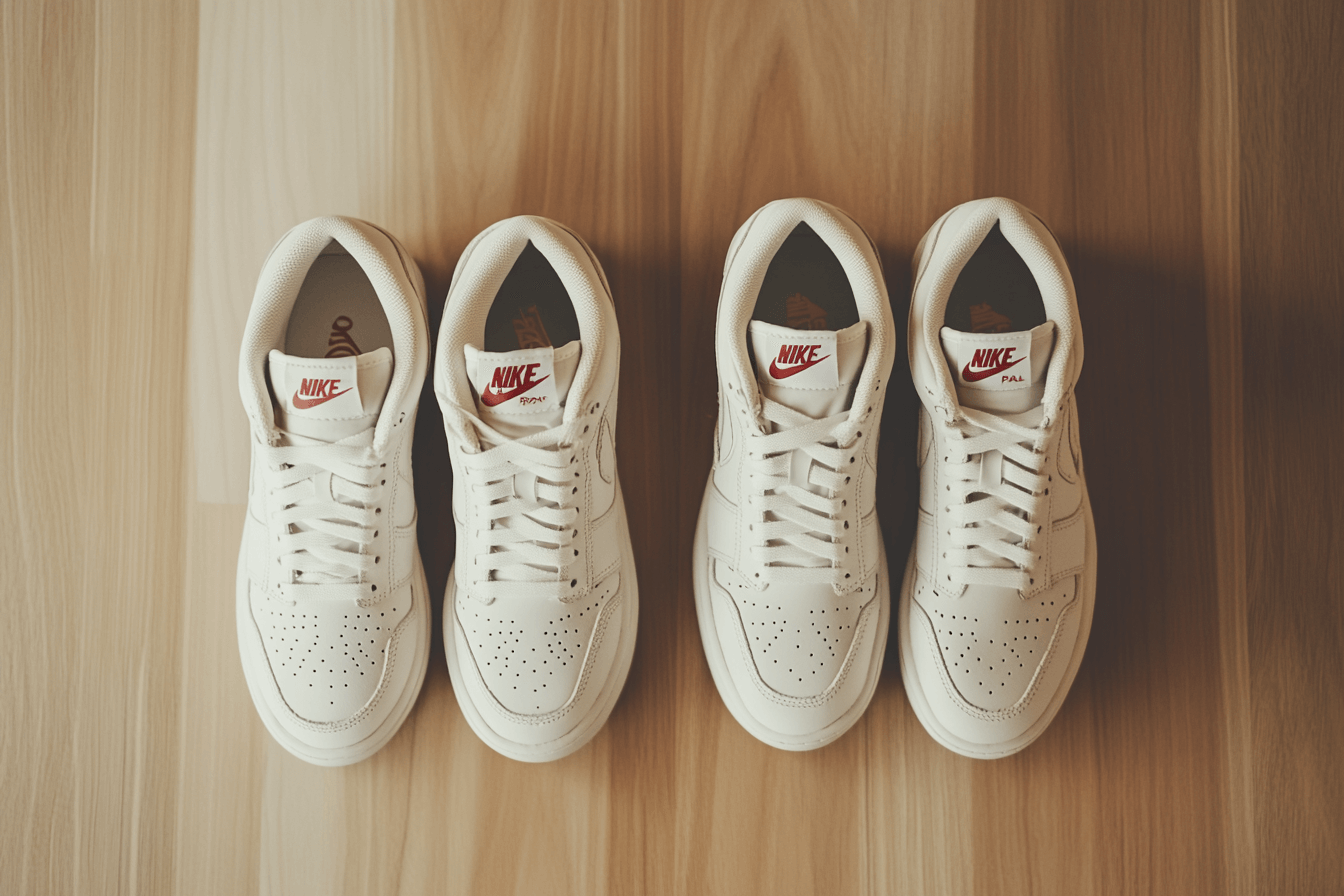
Tech and tools to help identify fakes
You don’t have to rely on eyesight alone. A range of digital tools and technologies can help verify the authenticity of a product.
Barcode and serial number checks
Most genuine products come with a barcode or unique serial number. Brands often allow users to enter these numbers on their websites to verify authenticity. Be cautious, though some counterfeiters copy real serial numbers from authentic products. Still, if the code fails to validate, that’s a strong sign something’s wrong.
Authentication apps and databases
Some companies offer dedicated apps that scan QR codes, NFC tags, or serial numbers. Apps like Legit Check, CheckFresh, and SNKR Legit specialize in validating certain brands and products. Communities like Reddit and forums dedicated to specific brands also offer detailed guides on spotting fakes, with side-by-side photo comparisons.
UV lights, NFC tags, and other gadgets
High-end brands are beginning to embed authentication technologies like NFC chips and UV markers. A small UV flashlight can reveal hidden patterns or text on packaging or product labels. NFC-enabled phones can scan embedded tags to confirm legitimacy. These methods aren’t foolproof, but they add another layer of defense.
What to do if you suspect a counterfeit
Discovering a fake is disappointing but acting quickly can help recover your money and prevent others from being scammed.
Contacting the seller or platform
If you bought from a major platform, contact the seller and initiate a return or dispute. Provide clear evidence: photos, packaging, comparisons, and receipts. Many platforms, including Amazon and eBay, have buyer protection policies that cover counterfeit claims. Be persistent and detailed in your communication.
Reporting to authorities or brands
If you’ve confirmed a counterfeit, report it to the brand directly. Most companies have dedicated pages for reporting fakes. You can also notify local consumer protection agencies or trade authorities. These reports help track counterfeiting networks and improve future enforcement.
Sharing your experience responsibly
If you found a fake, consider sharing your experience through social media, reviews, or community forums. Your post could prevent others from falling for the same trap. That said, avoid defamatory language stick to facts, evidence, and clear comparisons.
How unboxers and influencers can help the fight
Unboxing videos are more than entertainment they’re powerful tools to raise awareness about counterfeits and promote informed buying.
Educating viewers during unboxings
Influencers can play a key role by pointing out specific features to look for in a real product. Close-up shots, slow-motion reveals, and side-by-side comparisons are especially helpful. By walking through authentication steps during a video, creators empower their audiences to shop smarter.
Partnering with verified retailers
Working with trusted sellers or verified brand partners helps reduce the risk of showcasing fakes. Influencers should disclose their sources clearly and explain how viewers can buy safely. This transparency boosts credibility and builds viewer trust.
Warning signs to point out on camera
When something feels off whether it’s flimsy packaging, weird logos, or an unusual smell influencers should call it out. Even if the product turns out to be genuine, raising these questions helps educate viewers. It also shows the influencer is paying attention and values authenticity.
